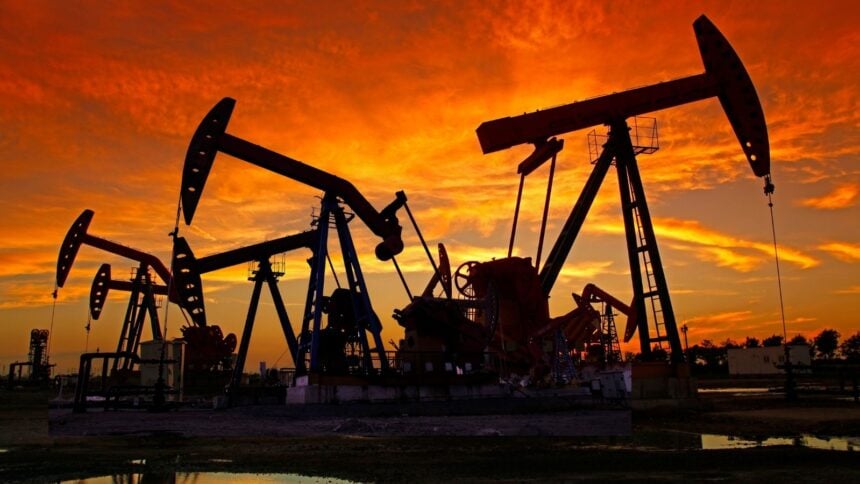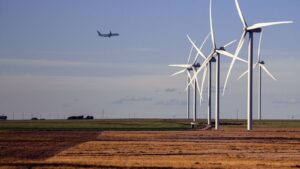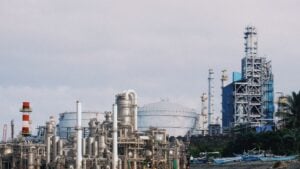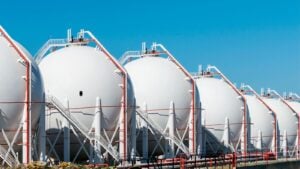Tourmaline Oil is still one of the best ways to own Canadian natural gas. It has a premium through cycles because of its size in the Montney, low operating costs, and strong balance sheet.
The setup for liquids-heavy producers in the short term and the amount of drilling inventory that can be invested in at the very low end of the cost curve have both changed.
ARC has quietly changed its portfolio to include more valuable condensate and liquids while keeping its debt levels low.
The big change this summer was the purchase of Kakwa from Strathcona, a Montney package with a lot of condensate that closed on July 2 for about C$1.6 billion.
The deal includes high-quality wells, improves ARC’s liquids leverage, and adds years of inventory without putting too much strain on the balance sheet.
During the same time, ARC kept buying back shares through its NCIB, which showed that it was confident in making free cash.
Company documents show that ARC is on a deep Montney runway that is tilted toward low cost areas. About half of its total inventory has a supply cost of less than C$0 per Mcf and an estimated 25 year life that is still profitable at US$2.50 gas.
The North American gas market is becoming more and more linked to global LNG prices, and liquids realizations are still strong.
Texas LNG and Gunvor signed a 20 year supply agreement. This kind of deal makes the connection between Western Canadian producers and high-end overseas demand stronger over time.
As more Canadian molecules make their way to tidewater, liquids-rich portfolios with a lot of scale in the Montney will benefit.
It is still Canada’s gas bellwether, with low prices and decades of resources. If gas prices go up more than expected, Tourmaline’s torque could be the best.
But since liquids margins are still good, ARC’s mix seems to fit the current tape better. With Kakwa-driven growth, steady buybacks, and a bigger stack of low-cost locations, ARC is the clear choice for extra dollars.
If crude or condensate prices fell more, it would hurt ARC’s edge. If pipeline bottlenecks or widening differentials happened, it could hurt either name’s realizations.
Investors should keep an eye on the following baseline industry risks, execution on major projects, rising service costs, and policy uncertainty in B.C. and Alberta.




















